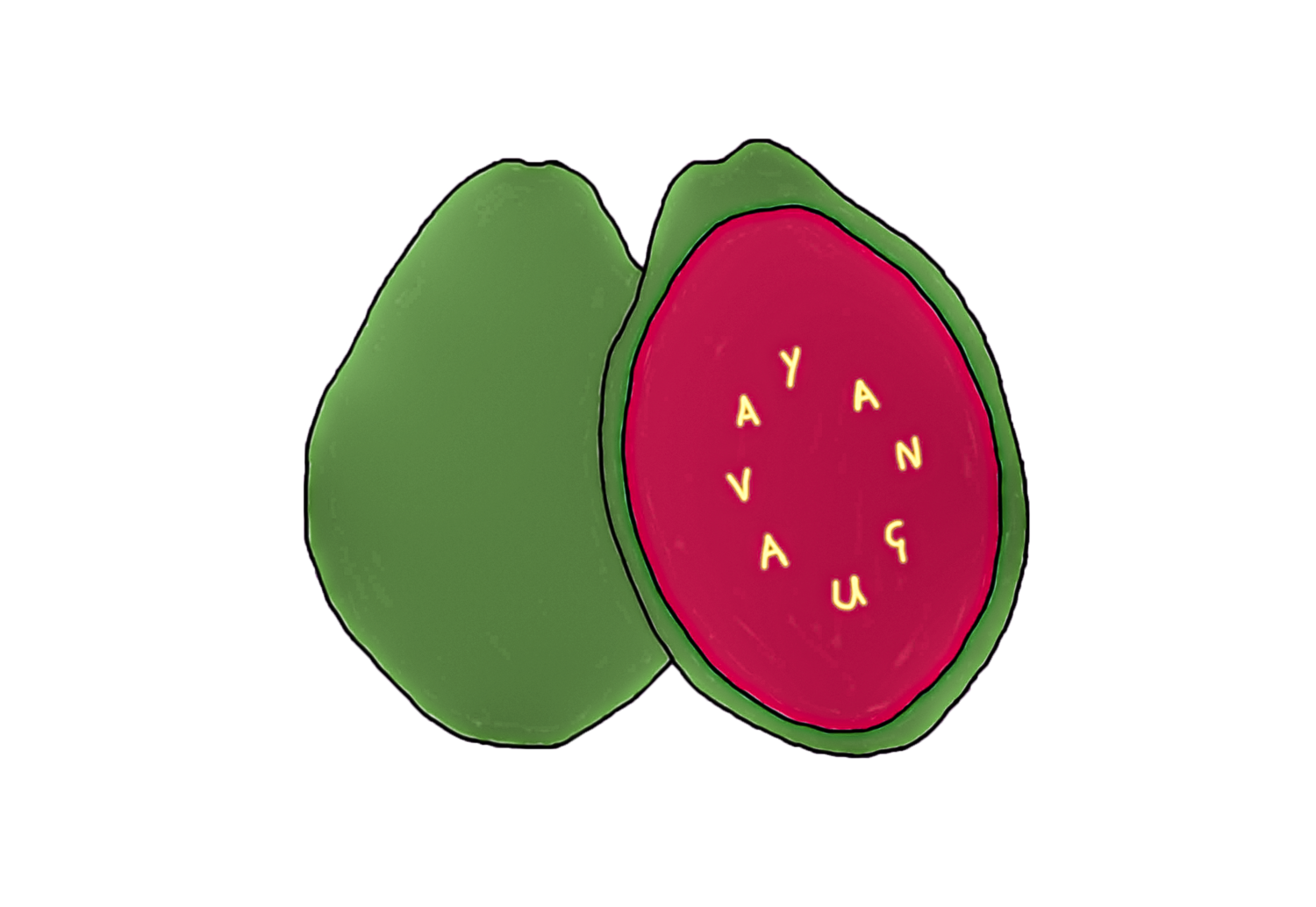Love for the London Pigeon Deity
Love for the London Pigeon Deity, oil paint, embroidered border and ceramics, 2023
Feeling uncertain about one’s sense of self is, I imagine, a common worry. Imposter syndrome seems to wind its way through all sorts of settings, from the workplace to race and ethnicity, to class, to the experience of neurodivergence in a neurotypical society. Imposter syndrome is this pervading fear that you are a fraud.
Reimagine: Himalayan Art Now at the Rubin Museum of Art. Photo by Liz Ligon, courtesy of the Rubin Museum of Art
Close-up progress photo – faceless father
I’ve sometimes felt groundless, like I don’t quite fit in or belong. So when asked to consider the fluidity of identity for the Rubin Museum’s Reimagine: Himalayan Art Now, naturally the subject of self-doubt came up. I know a lot of mixed race people who have felt imposter syndrome in terms of where they culturally belong. There is a lot of muddled-up confusion. With my own experience, I know that I grew up being fascinated by my dad’s culture and yet felt so distant from it. We would occasionally hear about snippets of festivals but never knew enough to know how to celebrate. We would hear how from such a young age my dad would have to catch birds and farm sheep on difficult terrain, all while being ‘scared of the tiger’. Our mum told us more, told us about our formidable ibi (grandmother) and our memé (grandfather), who was a lama, and the rituals he performed for his village. My dad, a very sweet man, nevertheless was rather absent for much of my childhood. He was in some ways faceless. I wanted to know his mother tongue but he never taught me or my brother how to speak it. I think he thought the Yolmo dialect would have no use for us. He also never taught us the Nepali language. There is something about not being able to fluidly speak to other people that really feels like you are cut off from others.
Tibetan Map in the Shape of a Srinmo (Ogress), pigments on cloth, early 20th century. This painting is in the Rubin Museum’s collection
I like reading about Tibetan Buddhism, hearing stories of nettle-eaters and deities, ogresses and demons, dakinis and snow lions. The artists in Reimagine were asked to choose a piece from the Rubin collection to pair with our own works. I sifted through countless images full of beauty and wisdom and colour, and then I came across a painting of a map of Tibet in the shape of a Srinmo (ogress). I loved the thought of turning a location into something mythical. It reminded me of how people so often love their birthplaces. In feeling rootless, heritage obscured by clouds, I turned to my birthplace. London. Britain. English, the only language I fluently speak. I thought about how calling myself a ‘Londoner’ is what I say as a way of forming an identity via a location. I looked at a map of London, and through eyes that love animals, the shape formed into a pigeon. Pigeons: feral and adaptable, the perfect urban creature. Smart and wily feathered beings. I imagined a pigeon deity residing over this old, great metropolis. A halo surrounded its head, it pecked around for food and opportunities, and cooed lovingly at all the diverse, busy members of its city. Its grey and iridescent feathers became a map of brick buildings and green parks that held important memories for me.
In truth, we are so many different things all at once. For me: Londoner. Half-Himalayan. Yolmo. Artist. Neurodiverse. An eighth Scottish, English, Irish and Hungarian. On the autism spectrum. Woman. Cat lover. Buddhist. Bird enthusiast. In the end, I just settled with being a joyous jumble.
Assembling the piece (with assistance from my cat Momo)
I have written an essay about my painting Meltdown Samsara for Spiral, the publication by the Rubin Museum of Art. It is about the experience of having autistic meltdowns and learning to let go. Click here to read








